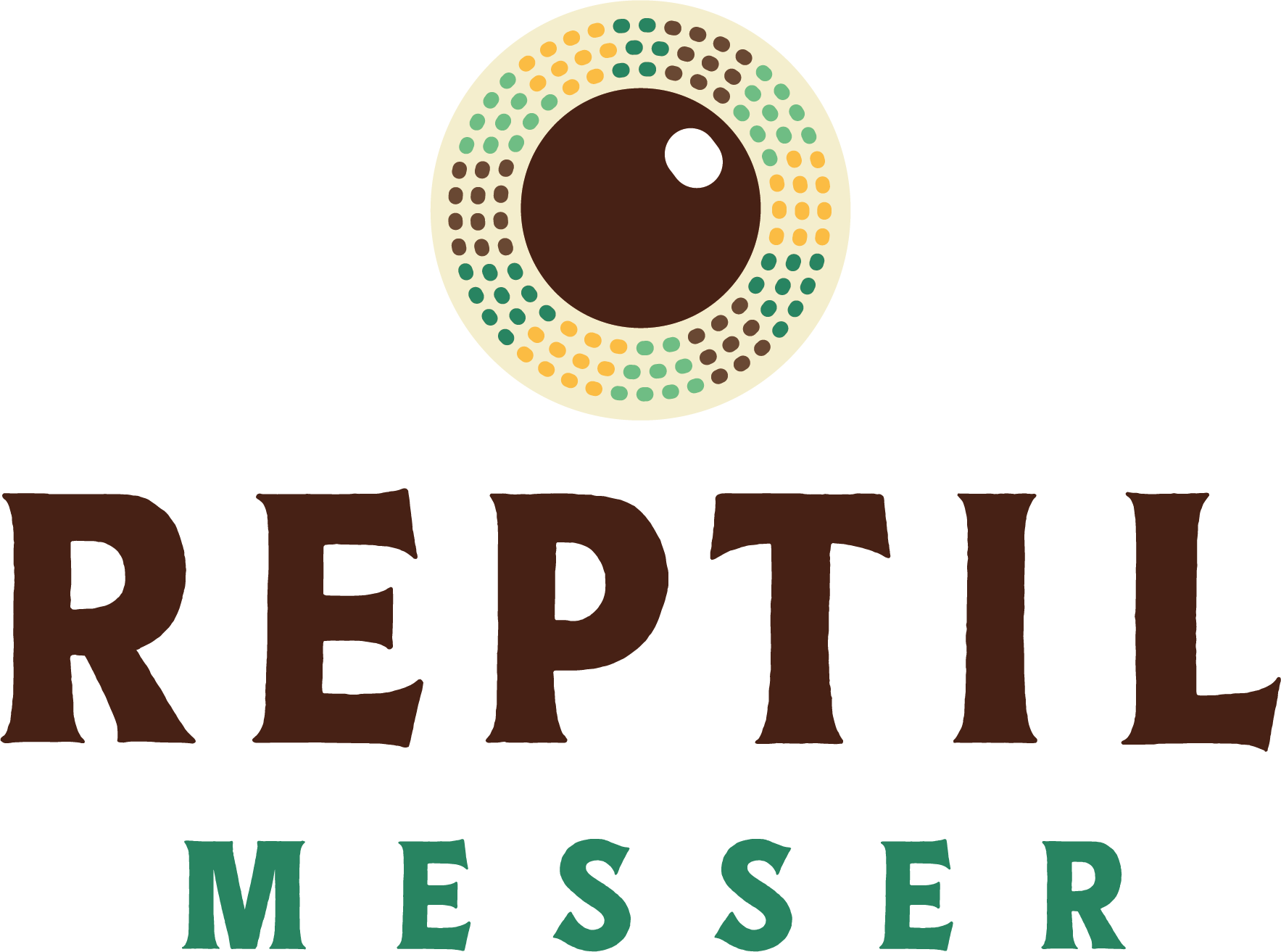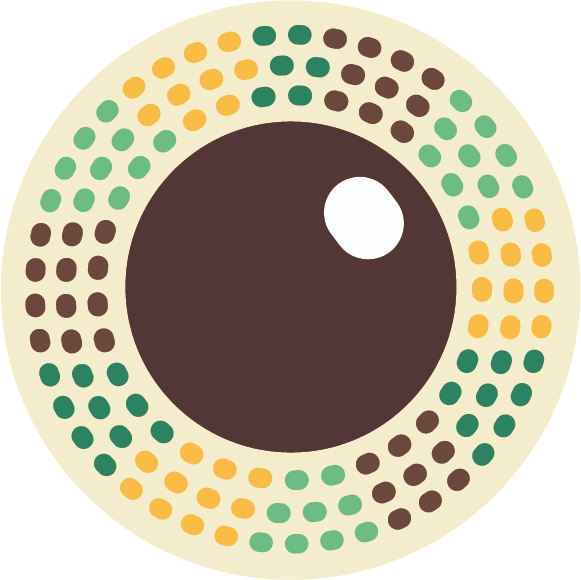GREEK TORTOISE
LATIN NAME:
Testudo hermanni.
APPEARANCE:
Greek Tortoises can vary greatly in color and pattern, ranging from olive green, olive brown, yellow, black, brown, and often with black marking. They can grow up to 20-25 cm in shell length, but around 15-20 cm is more common. Females are often larger than males.
DISTRIBUTION:
The greek tortoise (testudo hermanni) only lives in nature in south Europe. Its main distribution is in the Balkans, where it can be quite common in several places. It also has some small populations in Italy, Southern France, and Northeastern Spain.
BIOLOGY:
The Greek tortoise can be found in a range of quite dry to semi-humid, sunlit habitats. If the places are dry, there will always be some vegetation. Typically, it is seen in maquis, which is a quite dry habitat with shrubs and bushes, which can often be prickly and aromatic. But the habitat can also consist of open forests, lush meadows, beach areas, and cultivated fields.
TERRARIUM:
A tortoise must NOT live on the floor, as there will always be most drafts and dust on a floor. The Tortoise should live in a box, aquarium, or preferably a terrarium. One adult European Tortoise should have an area of a least 1 square meter. The bottom layer in the terrarium should not be sawdust or shavings, as it dusts a lot and that can damage the tortoise’s airways. Wood chips or aquarium gravel or stones in the size 3-4 mm and upwards, depending on the tortoise, are recommended. The ideal bottom layer is 1/3 wood chips, 1/3 gravel, and 1/3 Humus.
There should be a local heatplace, where the temperature is at least 40 degrees Celsius, and in the rest of the terrarium the room temperature should be like normal room temperature.
The heat lamp should be a spotlamp with a spot bulb of the standard type with “visible” light. Toutoises associate light with warmth, so “Elstein” bulbs are NOT good for tortoises. These bulbs give a lot of heat, but no visible light.
In the terrarium there should be a place to hide, such as a minihouse, a tree root, a piece of bark, a stone, etc., possibly with dried leaves, as tortoises like to hide when they sleep.
The hygiene in the terrarium must be maintained.
Remove food leftovers and feces every day to prevent diseases.
FEED:
Dandelions including the flower, ground elder, clover, and other common weeds should be used extensively.

